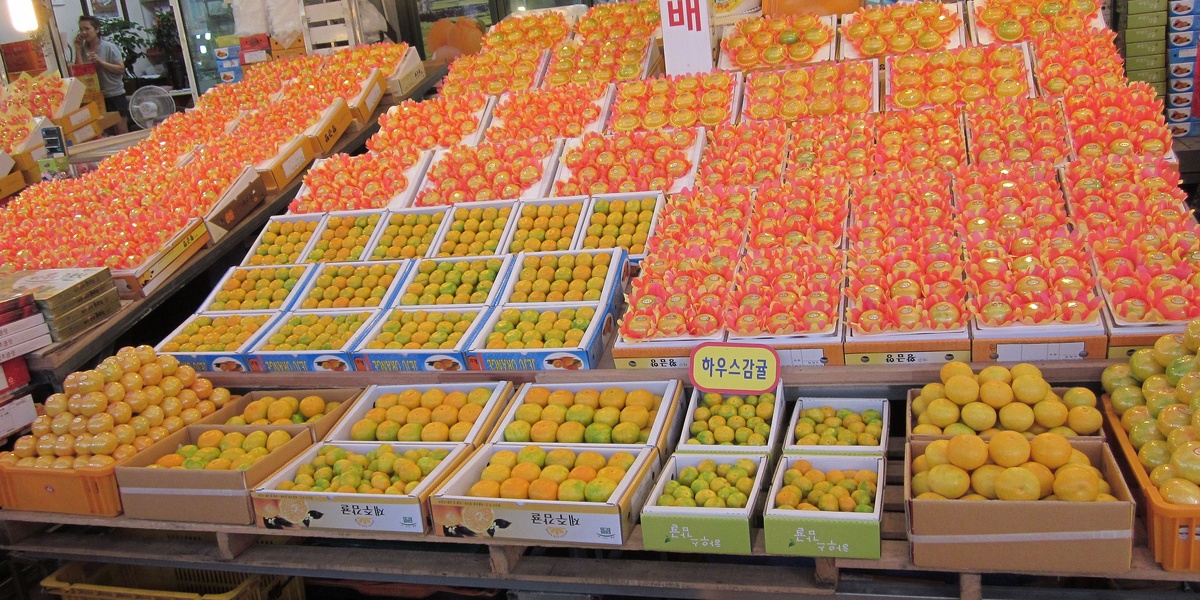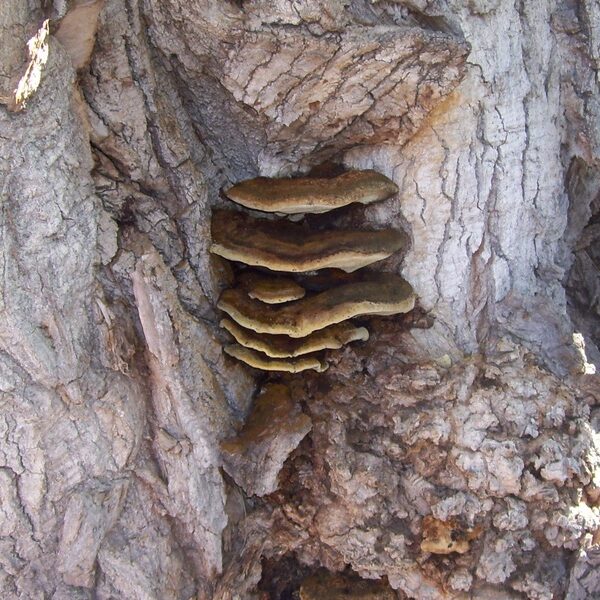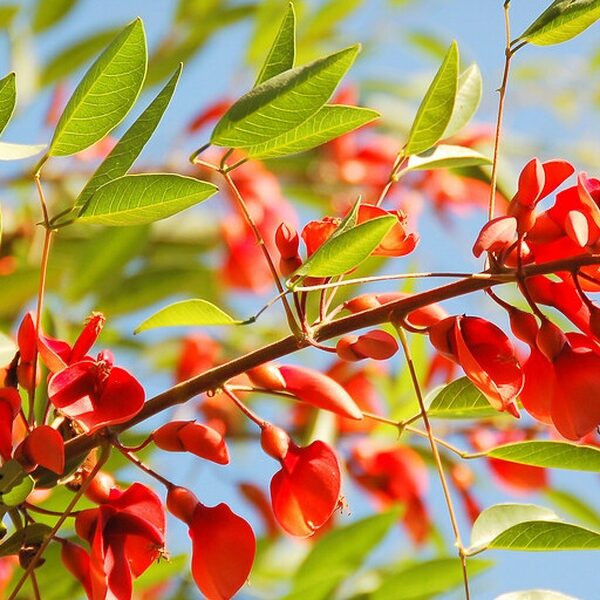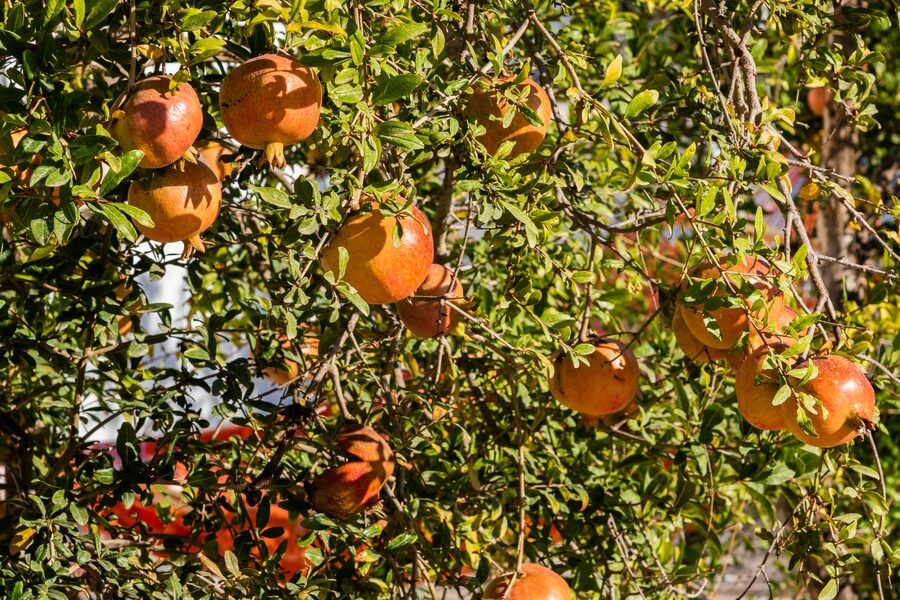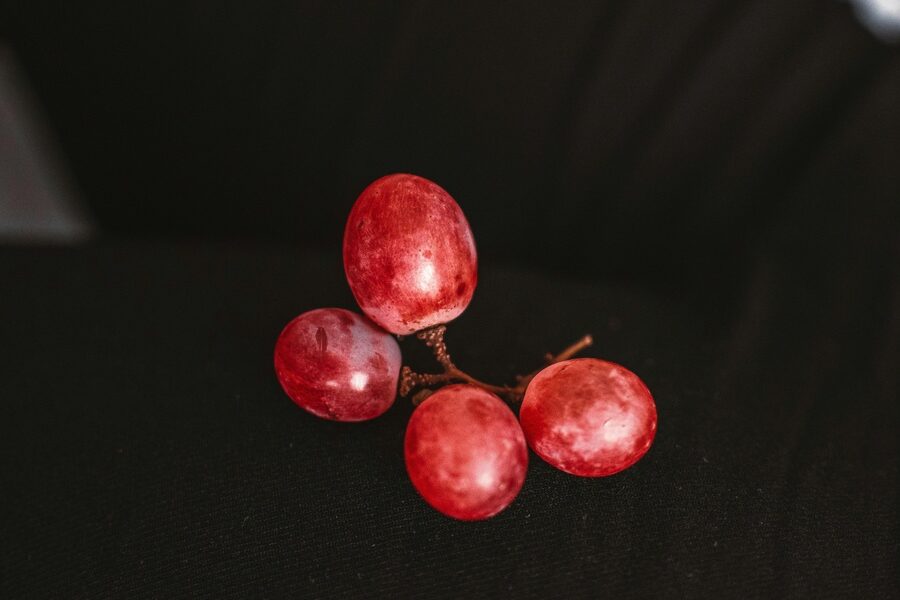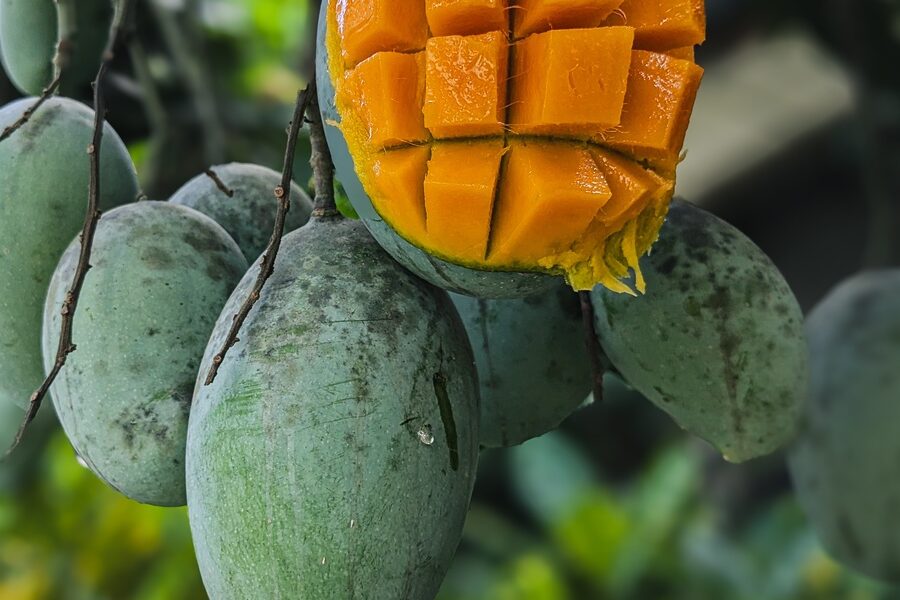South Korea’s seasons shape a surprising variety of fresh fruit, from cool-mountain apples to coastal citrus. Local markets, farm stands and seasonal festivals make it easy to sample regional specialties and learn how climate and tradition influence flavor and use.
There are 30 Fruits of South Korea, ranging from Apple to Yuzu (Yuja). For each, you’ll find below Scientific name:Latin binomial,Korean name (Hangul, romanization):Hangul plus romanization (max 15 words),Peak season (months):Typical harvest months, e.g., Jul–Sep,Description (30-50 words):Regional production, flavor profile, culinary uses, notable facts — you’ll find the full list and details below.
How can I tell which Korean fruits are in season when I visit?
Look for colors, market stalls and signage noting months; many vendors display harvest months and use seasonal words like “제철” (jecheol, peak season). Spring brings berries and apricots, summer peaches and melons, autumn pears and persimmons, winter citrus and yuzu.
Which fruits are most used in Korean cooking and drinks?
Citrus (yuzu, citron), Asian pear, persimmon and jujube are common in sauces, teas, desserts and fermentations; apples and berries appear in salads and modern dishes. Many fruits double as fresh snacks and as ingredients for syrups, teas or banchan.
Fruits of South Korea
| Name:Most common short name | Scientific name:Latin binomial | Korean name (Hangul, romanization):Hangul plus romanization (max 15 words) | Peak season (months):Typical harvest months, e.g., Jul–Sep | Description (30-50 words):Regional production, flavor profile, culinary uses, notable facts |
|---|---|---|---|---|
| Apple | Malus domestica | 사과, sagwa | Sep–Nov | Major production in North Gyeongsang and Chungbuk, crisp sweet-tart flesh, many cultivars like Fuji. Eaten fresh, in juices, desserts, and salads; widely available autumn fruit and a major commercial export. |
| Asian pear | Pyrus pyrifolia | 배, bae | Aug–Oct | Round, crunchy, juicy pears mainly from Naju and Jangsu; sweet, grainy texture. Eaten fresh, in salads, preserved, or given as gifts. Peak autumn harvest and important in Korean fruit markets and ceremonies. |
| Persimmon | Diospyros kaki | 감, gam | Sep–Nov | Widely grown in Gyeongsang and Jeollanam provinces, sweet when ripe, astringent varieties turned sweet after drying. Eaten fresh, dried (gotgam), used in desserts, and offered at festivals and ancestral rites. |
| Strawberry | Fragaria × ananassa | 딸기, ttalgi | Dec–May | Mostly greenhouse-grown in southern provinces and Gyeonggi; very sweet, fragrant varieties harvested in winter-spring. Eaten fresh, in desserts, jams, and bingsu; popular for gift boxes and agritourism strawberry picking. |
| Mandarin (Satsuma) | Citrus unshiu | 귤, gyul | Nov–Jan | Jeju is Korea’s mandarin heartland, seedless, sweet-tart easy-peel fruits. Eaten fresh, juiced, and used in marmalades; major winter fruit with extensive orchard-based exports and local festivals. |
| Hallabong | Citrus × sinensis | 한라봉, hallabong | Jan–Mar | Jeju-origin large seedless citrus with pronounced aroma and sweet, slightly tangy flesh. Eaten fresh and gifted, used in juices and desserts; premium fruit often commanding higher prices during winter months. |
| Cheonhyehyang | Citrus × reticulata | 천혜향, cheonhyehyang | Jan–Mar | Fragrant Jeju citrus similar to hallabong, thin-skinned, very aromatic and sweet. Sold fresh and processed into marmalades and teas; prized in winter and spring markets for intense aroma and flavor. |
| Yuzu (Yuja) | Citrus junos | 유자, yuja | Oct–Dec | Cultivated in Jeolla and southern coastal areas; highly aromatic, intensely sour rind and juice used for yuja-cha, sauces, marinades, and confectionery. Seasonal winter fruit prized for its fragrance and preserves. |
| Grape | Vitis vinifera | 포도, podo | Aug–Sep | Table grapes (Kyoho and others) produced in Yeongcheon and Gyeongnam; sweet, juicy, often large berries. Eaten fresh, in wines and juices, dried as raisins, and sold in gift boxes during late summer. |
| Chamoe (Korean melon) | Cucumis melo | 참외, chamoe | Jun–Aug | Small yellow-green cucumis melon mainly from Gyeonggi and Gyeongsang provinces, crisp, mildly sweet flesh. Eaten fresh and in salads; emblematic summer fruit often found at markets and farm stands. |
| Watermelon | Citrullus lanatus | 수박, subak | Jul–Aug | Summer staple grown across Korea; juicy, sweet red flesh and crunchy texture. Eaten fresh, in salads, juices, and summer snacks; popular at picnics and markets during hot months. |
| Peach | Prunus persica | 복숭아, boksunga | Jul–Aug | Sweet, aromatic peaches from southern provinces, fuzzy-skinned with juicy flesh. Eaten fresh, canned, in desserts and Korean liquors; summer harvests often celebrated in local festivals. |
| Plum | Prunus salicina | 자두, jadu | Jul–Aug | Japanese plum and native plums grown in Gyeongsang regions; tangy-sweet to tart flesh used fresh, in jams, pickles, and fermentations. Summer fruit with local preserves and wines. |
| Maesil (Korean plum) | Prunus mume | 매실, maesil | May–Jun | Korean plum/ume concentrated in Gwangyang and Jeollanam; intensely aromatic, tart fruit used to make maesil-cheong, maesil-ju, and condiments. Harvested in late spring and early summer. |
| Cherry | Prunus avium | 체리, cheri | Jun | Small-scale cherry orchards in northern Gyeonggi and Gyeongsang; sweet cherries prized for fresh eating. Short June season, often sold fresh at markets or used in desserts and preserves. |
| Blueberry | Vaccinium spp. | 블루베리, beulluberi | Jun–Aug | Commercial plantings in Jeju and southern provinces; sweet-tart berries eaten fresh or in jams and juices. Harvest late spring to summer; marketed fresh and frozen for domestic consumption and value-added products. |
| Bokbunja (Korean black raspberry) | Rubus coreanus | 복분자, bokbunja | Jul–Aug | Rubus coreanus grown mainly in Boseong and Haenam; intensely aromatic, tart-sweet berries used for bokbunja-ju, jams, and traditional medicines. Mid-summer harvest, prized for deep color and health uses. |
| Mulberry (Odi) | Morus alba | 오디, odi | Jun–Jul | Morus alba grown in inland valleys; sweet, wine-dark berries eaten fresh or dried, used in teas and traditional confectionery. Early summer fruit historically tied to sericulture and regional cuisines. |
| Jujube (Daechu) | Ziziphus jujuba | 대추, daechu | Sep–Oct | Ziziphus jujuba produced in Gyeongsang and Chungcheong; crisp-sweet when fresh, chewy and sweeter when dried. Used in teas, snacks, medicinal remedies, and festive dishes throughout autumn. |
| Chestnut (Bam) | Castanea crenata | 밤, bam | Sep–Oct | Castanea crenata cultivated in mountainous regions; starchy, sweet nuts used roasted, boiled, and in traditional sweets. Autumn harvests sold fresh or dried and feature in seasonal markets and cooking. |
| Fig | Ficus carica | 무화과, muhwagwa | Jul–Sep | Ficus carica grown on Jeju and southern coasts with sweet, jammy flesh. Eaten fresh, dried, or made into preserves and desserts; warm-climate fruit with a late summer harvest. |
| Kiwi | Actinidia deliciosa | 키위, kiwi | Oct–Nov | Actinidia deliciosa and A. arguta grown in Jeju and southern inland areas; sweet-tart tropical-like flavor. Eaten fresh, used in desserts, salads, and preserves; autumn harvests marketed domestically. |
| Apricot | Prunus armeniaca | 살구, salgu | May–Jun | Prunus armeniaca cultivated in warmer southern regions; small, fragrant, sweet-tart fruits eaten fresh or dried. Used in jams, syrups, and desserts with a late spring to early summer harvest. |
| Loquat (Bipa) | Eriobotrya japonica | 비파, bipa | May–Jun | Eriobotrya japonica grown on Jeju and southern islands; small orange-yellow fruits with sweet-tart flesh. Eaten fresh, made into jams and wines; spring harvest favored in local markets and rural gardens. |
| Kumquat | Citrus japonica | 금귤, geumgyul | Nov–Jan | Citrus japonica cultivated in Jeju; tiny, sweet-peel fruits eaten whole or candied. Used in preserves and decorative gift boxes; winter harvesting and greenhouse production supplement market supply. |
| Pomegranate | Punica granatum | 석류, seokryu | Sep–Oct | Punica granatum grown in southern coastal zones and islands on a small scale; tart-sweet arils used fresh, in salads, juices, and traditional medicines. Autumn harvests are niche but increasing in popularity. |
| Aronia (Chokeberry) | Aronia melanocarpa | 아로니아, aronia | Aug–Sep | Aronia melanocarpa cultivated for health products in Jeolla and Gyeonggi provinces; very tart, astringent berries used for juices, concentrates, and supplements. Late summer harvests processed for functional foods. |
| Blackberry | Rubus fruticosus | 블랙베리, beullaekberi | Jul–Aug | Rubus fruticosus grown in small commercial plots and home gardens; sweet-tart black berries eaten fresh or preserved. Midsummer harvests supply local markets and are used in jams and desserts. |
| Nectarine | Prunus persica var. nucipersica | 천도복숭아, cheondoboksunga | Jul–Aug | Prunus persica var. nucipersica cultivated alongside peaches in southern orchards; smooth-skinned, aromatic, and juicy. Eaten fresh, canned, or in desserts; summer harvests are popular at local markets. |
| Sea-buckthorn | Hippophae rhamnoides | 산자나무열매, sanjanamu yeolmae | Sep–Oct | Small-scale coastal cultivation for nutrient-rich orange berries used in juices and supplements. Tart, vitamin C–dense fruit harvested in autumn, valued for health products and niche food processing. |
Images and Descriptions
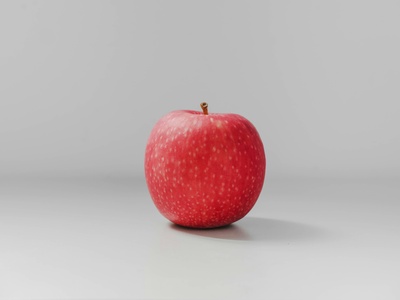
Apple
Major production in North Gyeongsang and Chungbuk, crisp sweet-tart flesh, many cultivars like Fuji. Eaten fresh, in juices, desserts, and salads; widely available autumn fruit and a major commercial export.
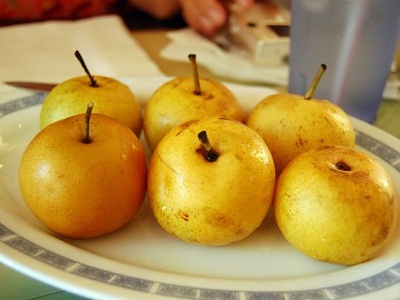
Asian pear
Round, crunchy, juicy pears mainly from Naju and Jangsu; sweet, grainy texture. Eaten fresh, in salads, preserved, or given as gifts. Peak autumn harvest and important in Korean fruit markets and ceremonies.
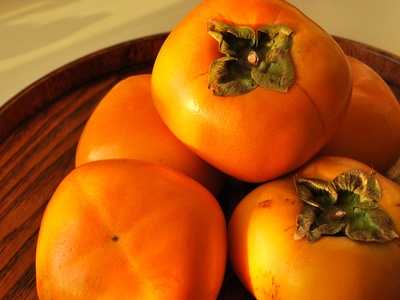
Persimmon
Widely grown in Gyeongsang and Jeollanam provinces, sweet when ripe, astringent varieties turned sweet after drying. Eaten fresh, dried (gotgam), used in desserts, and offered at festivals and ancestral rites.
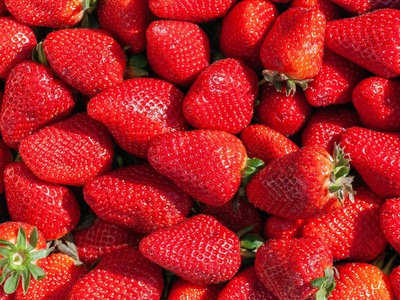
Strawberry
Mostly greenhouse-grown in southern provinces and Gyeonggi; very sweet, fragrant varieties harvested in winter-spring. Eaten fresh, in desserts, jams, and bingsu; popular for gift boxes and agritourism strawberry picking.
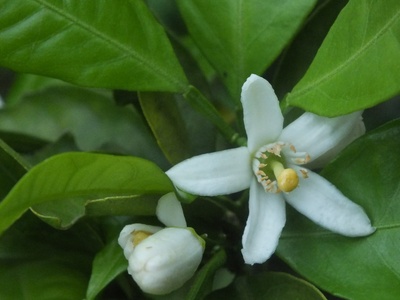
Mandarin (Satsuma)
Jeju is Korea’s mandarin heartland, seedless, sweet-tart easy-peel fruits. Eaten fresh, juiced, and used in marmalades; major winter fruit with extensive orchard-based exports and local festivals.
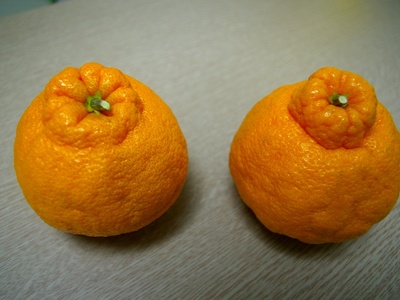
Hallabong
Jeju-origin large seedless citrus with pronounced aroma and sweet, slightly tangy flesh. Eaten fresh and gifted, used in juices and desserts; premium fruit often commanding higher prices during winter months.
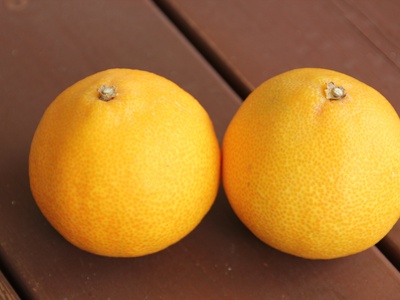
Cheonhyehyang
Fragrant Jeju citrus similar to hallabong, thin-skinned, very aromatic and sweet. Sold fresh and processed into marmalades and teas; prized in winter and spring markets for intense aroma and flavor.
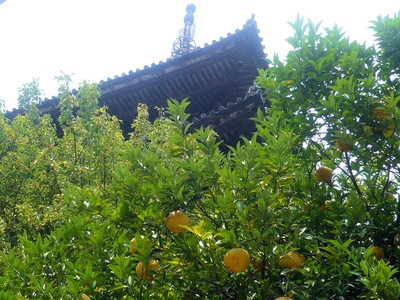
Yuzu (Yuja)
Cultivated in Jeolla and southern coastal areas; highly aromatic, intensely sour rind and juice used for yuja-cha, sauces, marinades, and confectionery. Seasonal winter fruit prized for its fragrance and preserves.
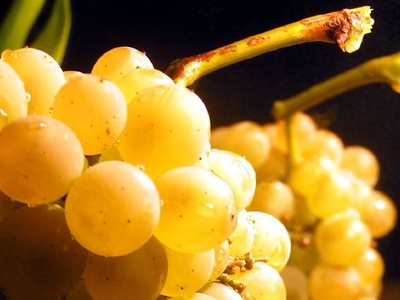
Grape
Table grapes (Kyoho and others) produced in Yeongcheon and Gyeongnam; sweet, juicy, often large berries. Eaten fresh, in wines and juices, dried as raisins, and sold in gift boxes during late summer.
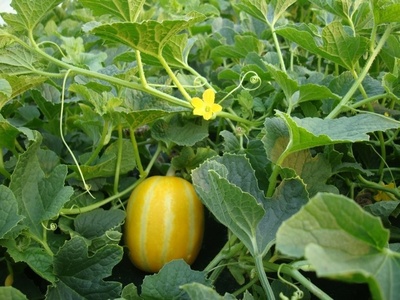
Chamoe (Korean melon)
Small yellow-green cucumis melon mainly from Gyeonggi and Gyeongsang provinces, crisp, mildly sweet flesh. Eaten fresh and in salads; emblematic summer fruit often found at markets and farm stands.
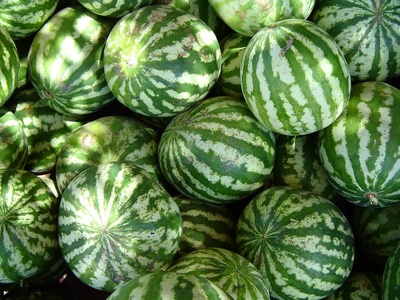
Watermelon
Summer staple grown across Korea; juicy, sweet red flesh and crunchy texture. Eaten fresh, in salads, juices, and summer snacks; popular at picnics and markets during hot months.
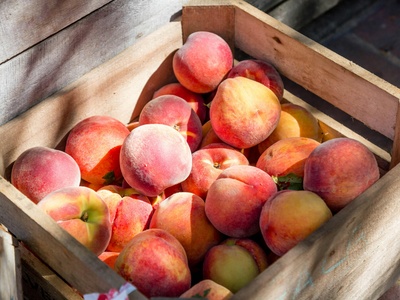
Peach
Sweet, aromatic peaches from southern provinces, fuzzy-skinned with juicy flesh. Eaten fresh, canned, in desserts and Korean liquors; summer harvests often celebrated in local festivals.
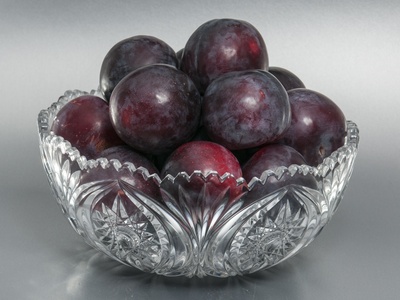
Plum
Japanese plum and native plums grown in Gyeongsang regions; tangy-sweet to tart flesh used fresh, in jams, pickles, and fermentations. Summer fruit with local preserves and wines.
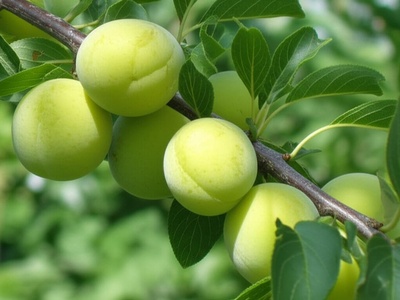
Maesil (Korean plum)
Korean plum/ume concentrated in Gwangyang and Jeollanam; intensely aromatic, tart fruit used to make maesil-cheong, maesil-ju, and condiments. Harvested in late spring and early summer.
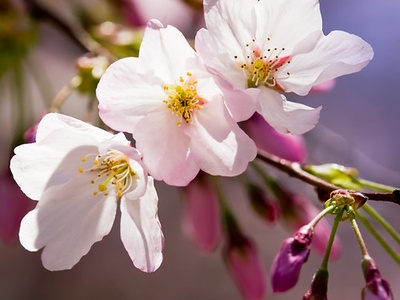
Cherry
Small-scale cherry orchards in northern Gyeonggi and Gyeongsang; sweet cherries prized for fresh eating. Short June season, often sold fresh at markets or used in desserts and preserves.
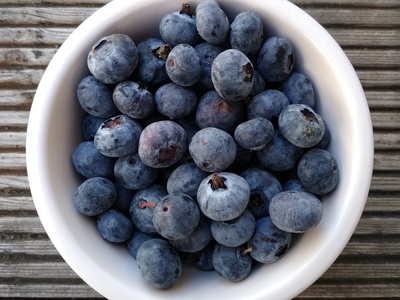
Blueberry
Commercial plantings in Jeju and southern provinces; sweet-tart berries eaten fresh or in jams and juices. Harvest late spring to summer; marketed fresh and frozen for domestic consumption and value-added products.
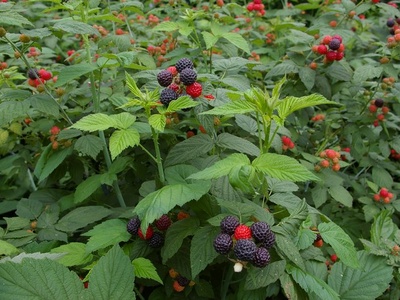
Bokbunja (Korean black raspberry)
Rubus coreanus grown mainly in Boseong and Haenam; intensely aromatic, tart-sweet berries used for bokbunja-ju, jams, and traditional medicines. Mid-summer harvest, prized for deep color and health uses.
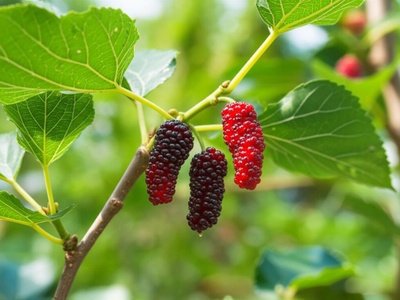
Mulberry (Odi)
Morus alba grown in inland valleys; sweet, wine-dark berries eaten fresh or dried, used in teas and traditional confectionery. Early summer fruit historically tied to sericulture and regional cuisines.
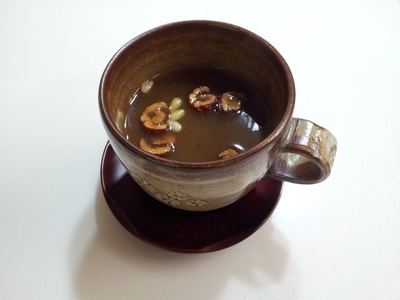
Jujube (Daechu)
Ziziphus jujuba produced in Gyeongsang and Chungcheong; crisp-sweet when fresh, chewy and sweeter when dried. Used in teas, snacks, medicinal remedies, and festive dishes throughout autumn.
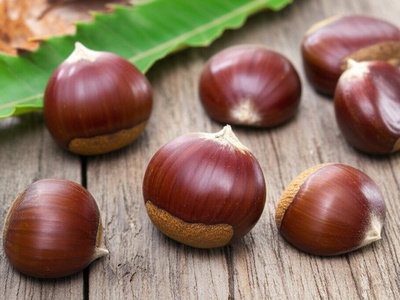
Chestnut (Bam)
Castanea crenata cultivated in mountainous regions; starchy, sweet nuts used roasted, boiled, and in traditional sweets. Autumn harvests sold fresh or dried and feature in seasonal markets and cooking.

Fig
Ficus carica grown on Jeju and southern coasts with sweet, jammy flesh. Eaten fresh, dried, or made into preserves and desserts; warm-climate fruit with a late summer harvest.
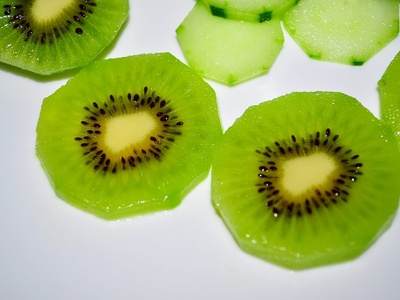
Kiwi
Actinidia deliciosa and A. arguta grown in Jeju and southern inland areas; sweet-tart tropical-like flavor. Eaten fresh, used in desserts, salads, and preserves; autumn harvests marketed domestically.
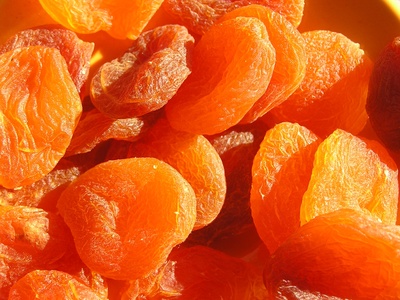
Apricot
Prunus armeniaca cultivated in warmer southern regions; small, fragrant, sweet-tart fruits eaten fresh or dried. Used in jams, syrups, and desserts with a late spring to early summer harvest.
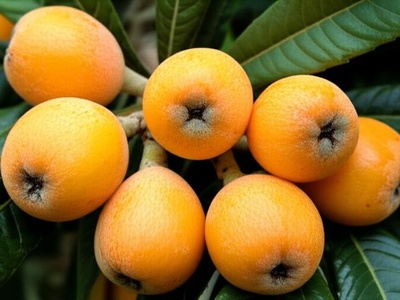
Loquat (Bipa)
Eriobotrya japonica grown on Jeju and southern islands; small orange-yellow fruits with sweet-tart flesh. Eaten fresh, made into jams and wines; spring harvest favored in local markets and rural gardens.
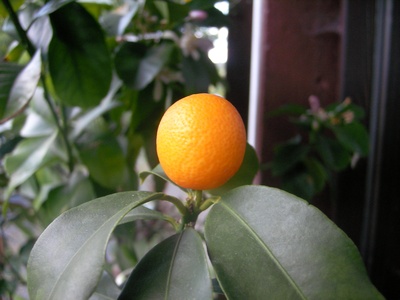
Kumquat
Citrus japonica cultivated in Jeju; tiny, sweet-peel fruits eaten whole or candied. Used in preserves and decorative gift boxes; winter harvesting and greenhouse production supplement market supply.
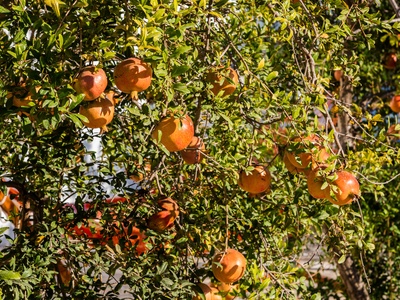
Pomegranate
Punica granatum grown in southern coastal zones and islands on a small scale; tart-sweet arils used fresh, in salads, juices, and traditional medicines. Autumn harvests are niche but increasing in popularity.
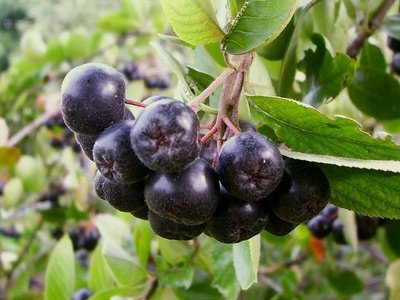
Aronia (Chokeberry)
Aronia melanocarpa cultivated for health products in Jeolla and Gyeonggi provinces; very tart, astringent berries used for juices, concentrates, and supplements. Late summer harvests processed for functional foods.
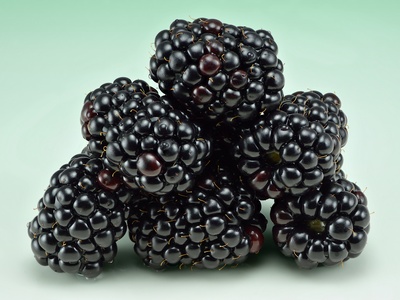
Blackberry
Rubus fruticosus grown in small commercial plots and home gardens; sweet-tart black berries eaten fresh or preserved. Midsummer harvests supply local markets and are used in jams and desserts.
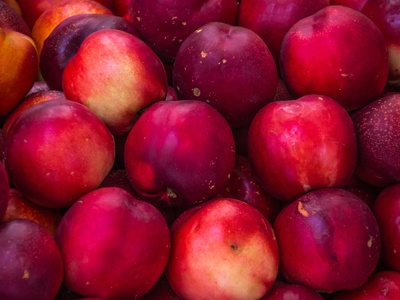
Nectarine
Prunus persica var. nucipersica cultivated alongside peaches in southern orchards; smooth-skinned, aromatic, and juicy. Eaten fresh, canned, or in desserts; summer harvests are popular at local markets.
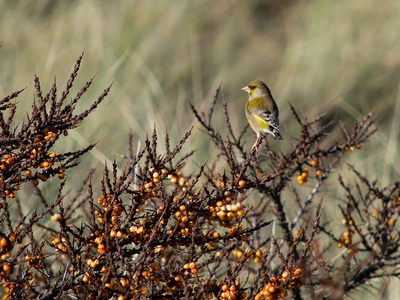
Sea-buckthorn
Small-scale coastal cultivation for nutrient-rich orange berries used in juices and supplements. Tart, vitamin C–dense fruit harvested in autumn, valued for health products and niche food processing.
